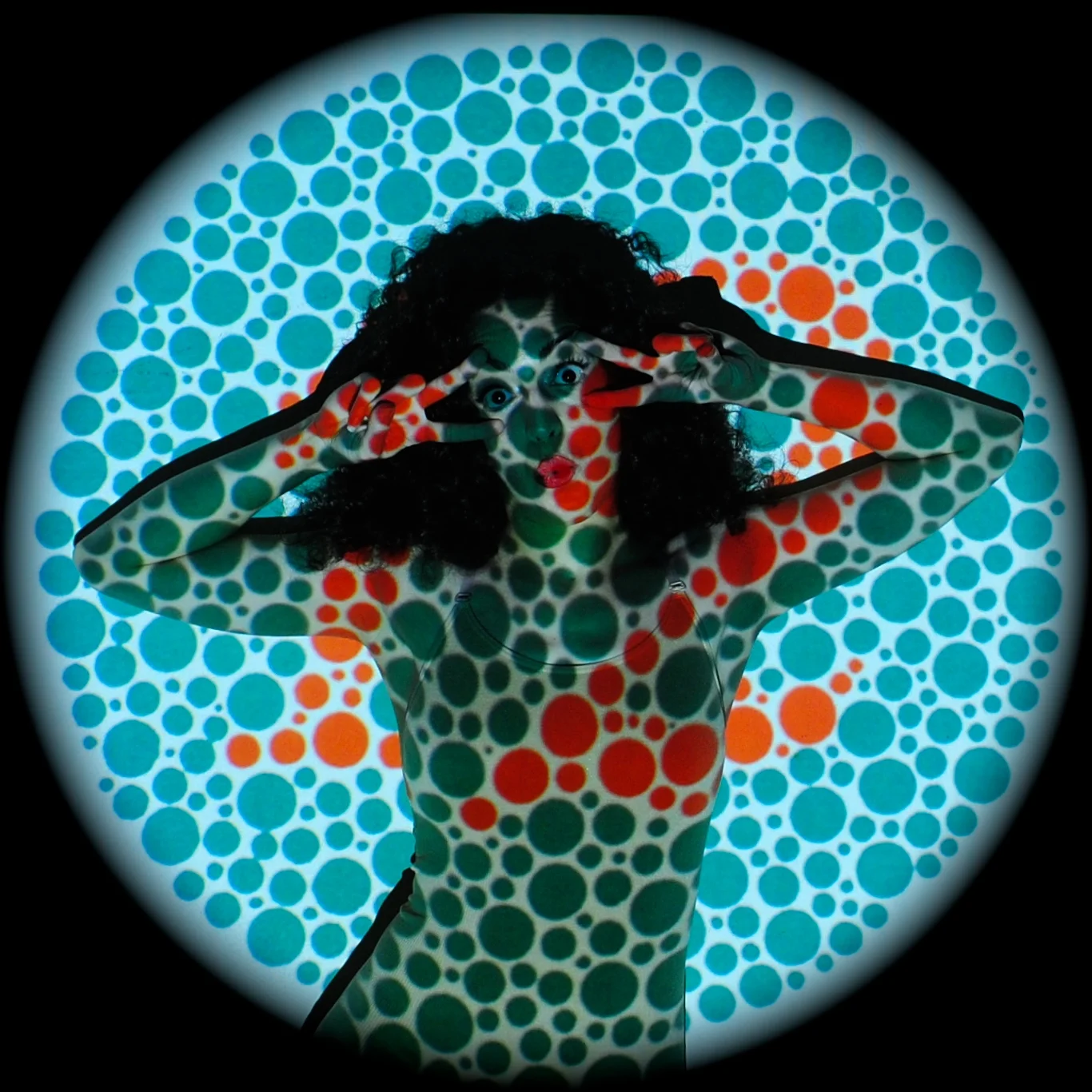Now Available in Trichromatic Color!
“What is color?”
What a good question! The answer is a bit tricky, but it starts with light. Color is the visual perception of different wavelengths of light reflecting off objects, which is the subjective experience of something much more omnipresent: the electromagnetic spectrum. Dun, dun, dun!
“RAZ! This is supposed to be about neuroscience! Why are you bringing in physics?”
To understand what happens in the eye and subsequently in the brain, we have to know a bit about the external stimuli our brain has the challenge of perceiving and interpreting. Light travels at various wavelengths: waves in the infrared range (700-1000 nm) are the rays of warmth that you feel laying out in the sun while ultraviolet light rays (100-400 nm) are the culprits for those nasty sunburns you get when you forget to put on sunscreen! In between the infrared and ultraviolet ranges is the visible color spectrum (390-700 nm). When a wave from the visual color spectrum comes in contact with highly specialized photoreceptors in the eye, called cones, we have the perceptual experience of color!
“What are these cones you speak of?”
Originating as an outgrowth of the developing brain, the retina (Latin, “rete” meaning ‘net’) is a thin layer of tissue lining the inside of your eye. Distributed throughout this tissue are cones, the cells responsible for color vision. In these cells are specific types of photosensitive proteins called opsins. In most humans, there are three types of cones, each containing a specific cone opsin. There are short wave (400-500 nm) S cones, medium wave (450-630 nm) M cones, and long wave (500-700 nm) L cones. Sometimes the S, M, and L cones are referred to as the Blue, Green, and Red cones, respectively, because they respond maximally to wavelengths of light of those colors.
“So how do you get all the different colors from just blue, green, and red cones?”
It is the interactions and differences between these responses that give rise to the multitude of colors we are capable of discriminating. This is explained by the Trichromatic Theory. In the strip of photos at the top of this page, you are looking at cone distribution mosaics in the retina. The two images with red, green, and blue cones (the second and forth for those of you who may be colorblind!) are from a typical Trichromat. The images without red cones are from the retina of a Protanope, a person who is red-green colorblind. Protanopia is the most common form of colorblindness, occurring in about 1% of males. Deuteranopes lack green cones and also have a red-green deficiency. As a result both of these Dichromats see the world in a similar blue and yellow color pallet. The most rare form of colorblindness is blue-yellow deficiency. This is due to a lack of blue cones and is known asTritanopia. The result is a difficultly discriminating bluish-greenish hues and yellowish-reddish hues.
“Wait a minute, where did yellow come into play? Why doesn’t a Protanope see in blue and green?”
Very sharp! As you might have guessed, there is more to this colorful story. We’ve only scratched the retinal surface. The next level of processing is the Opponent Process Theory…
Ishihara Plate No. 1: You should see '12".
Ishihara Plate No. 7: You should see '74'.
Color Vision Part II: The Oppositional Antagonist. Coming soon to a Technicolor theater near you!
References:
Rods and Cones Image: Mark Fairchild
Videos:
Craig Blackwell: Colorblindness
(Originally published on Knowing Neurons July 10th, 2014)

